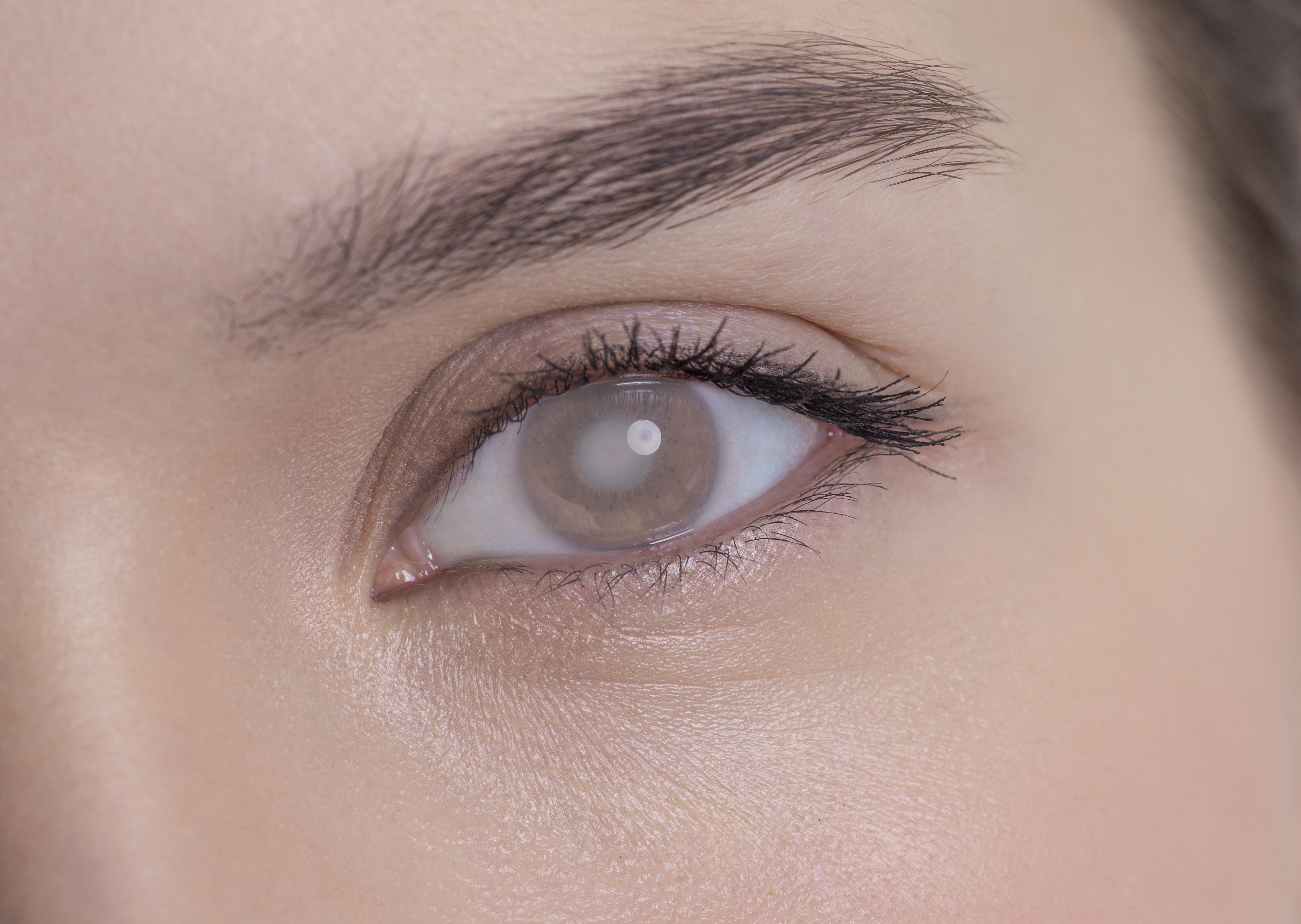SFU Engineering Science Professor, Marinko Sarunic, has developed a high resolution retinal imaging scanner that will one day revolutionise eye care, helping ophthalmologists diagnose eye diseases before vision loss occurs.
Sarunic’s high-resolution scanner is on the cutting-edge of vision science because it can produce high-resolution, 3D cross-sectional images of the retina, including individual photoreceptors, and fine capillaries, or blood vessels. And unlike other high-resolution retinal scanners, which are the size of a billiard table, Sarunic’s is the size of a shoebox. It’s perfect for everyday use in medical clinics and hospitals.
‘It’s a breakthrough in clinical diagnostics,’ explained Sarunic.
‘With the high-resolution scanner, ophthalmologists and optometrists can detect damage and changes to small numbers of individual photoreceptors, giving them a diagnosis before the patient loses vision, and the potential to take preventative measures.’
Currently, physicians use low-resolution scanners that can only assess and diagnose the cause of dead retina cells after a patient’s vision is impacted. Last year, ophthalmologists at Vancouver General Hospital’s (VGH) Eye Care Centre spent eight months testing Sarunic’s high-resolution scanner.
Dr Eduardo Navajas, a Vitreoretinal Specialist, said that the scanner eliminates the need for, and the complications related to, dye injections that are currently used to diagnose and monitor eye diseases like diabetic retinopathy and Wet AMD.
‘Early detection of abnormal blood vessels caused by Wet AMD and diabetes is essential to saving a patient’s vision,’ said Navajas.
‘Dr Sarunic’s new imaging technology is benefiting patients, allowing us to diagnose and treat Wet AMD and diabetic eye disease before patients develop bleeding and permanent damage to their retina.’








